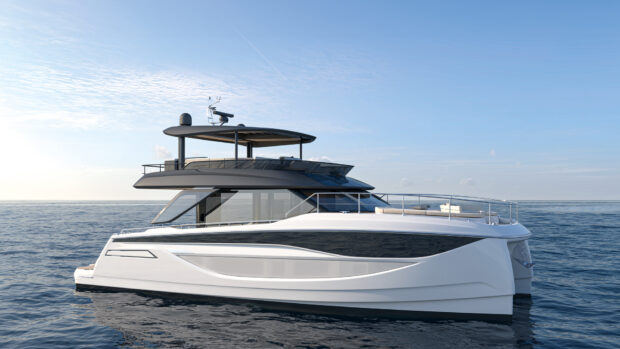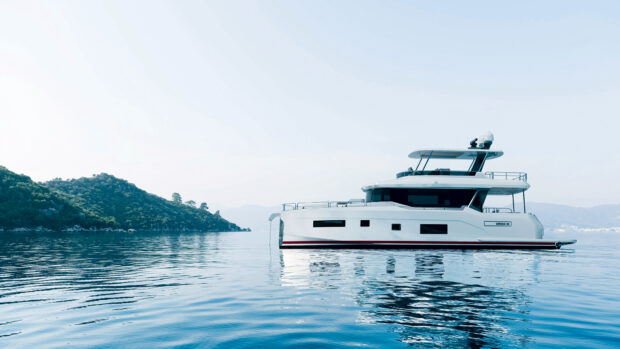The requirement for carbon monoxide alarms is being brought in to protect boat owners from the toxic gas
The Boat Safety Scheme has released guidance on fitting carbon monoxide alarms to your boat, after the safety equipment became mandatory under the scheme’s updated requirements, which came into force earlier this month (April 1).
The rule change affects nearly all private and non-private boats wanting to achieve BSS certification. In order to comply, boats must have at least one carbon monoxide alarm, or as many as necessary so that everyone on board can hear the alarm if it sounds.
What’s more, private boats with solid fuel stoves must have a carbon monoxide alarm in the same space to avoid the build-up of undetected flue gases.
All alarms must be in good working condition, with no signs of damage, easily visible, regularly tested, BS EN 50291 quality certified and replaced before their expiration date.
The result of incomplete combustion, carbon monoxide is known as the silent killer for a good reason – it is odourless, colourless and highly toxic.
Carbon monoxide build-up on boats can be caused by faulty, badly maintained or misused appliances, engine or generator exhaust fumes, solid stove flue gases or blocked vents.
Symptoms of carbon monoxide poisoning include headache, dizziness, nausea, tiredness and stomach pain. The cause is not always obvious, meaning that CO poisoning can often be mistaken for a cold or flu-like illness.
The Boat Safety Scheme guidance concludes: “If you think you are suffering carbon monoxide poisoning, contact your doctor, or if the symptoms are severe get to A&E and let them know you suspect carbon monoxide poisoning.”

Boat Safety Scheme and Beko issue gas cooker safety alert
Older Beko, Flavel and Leisure models could be affected by a fault that leads to a potentially fatal build-up of

MP calls for safeguards in wake of Windermere boat deaths
Following the deaths of a mother and daughter on Lake Windermere in a suspected case of carbon monoxide poisoning, MP










